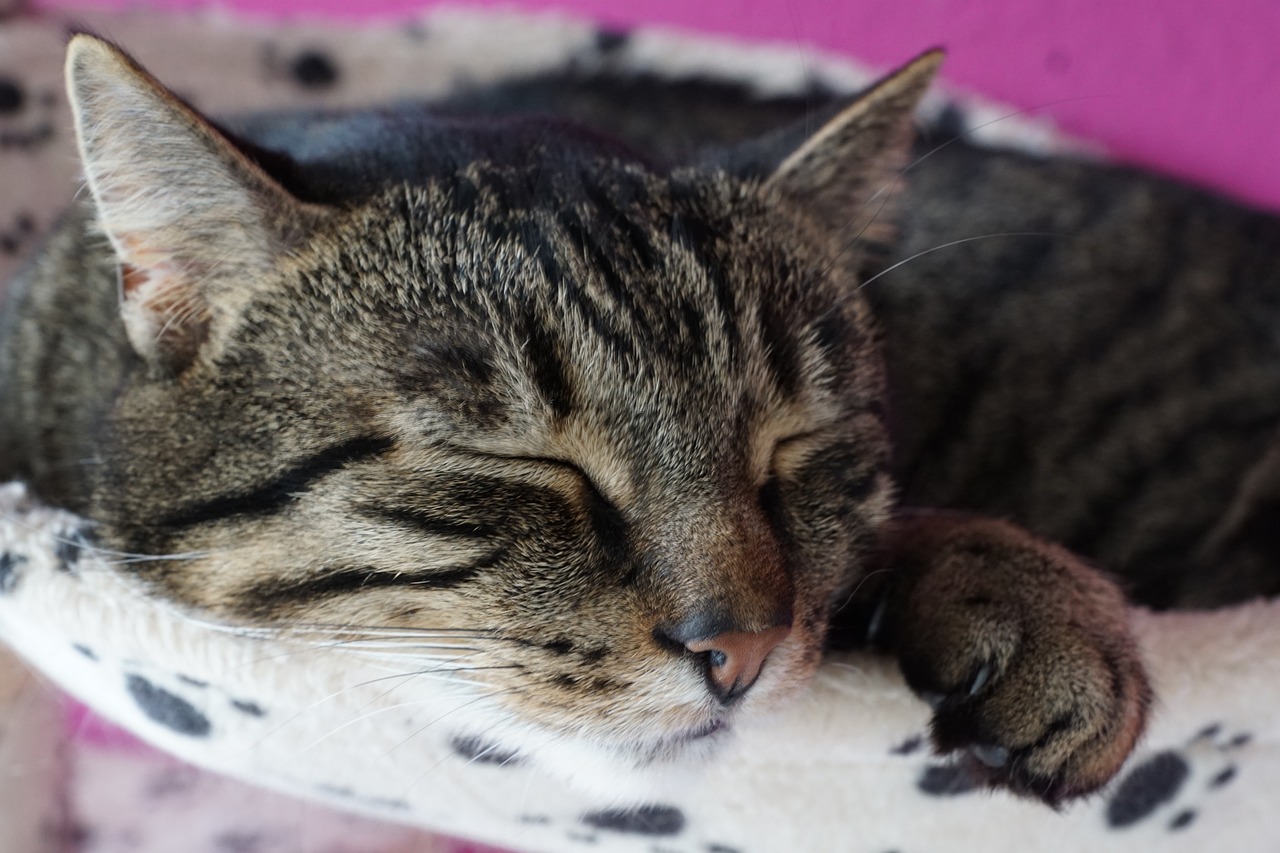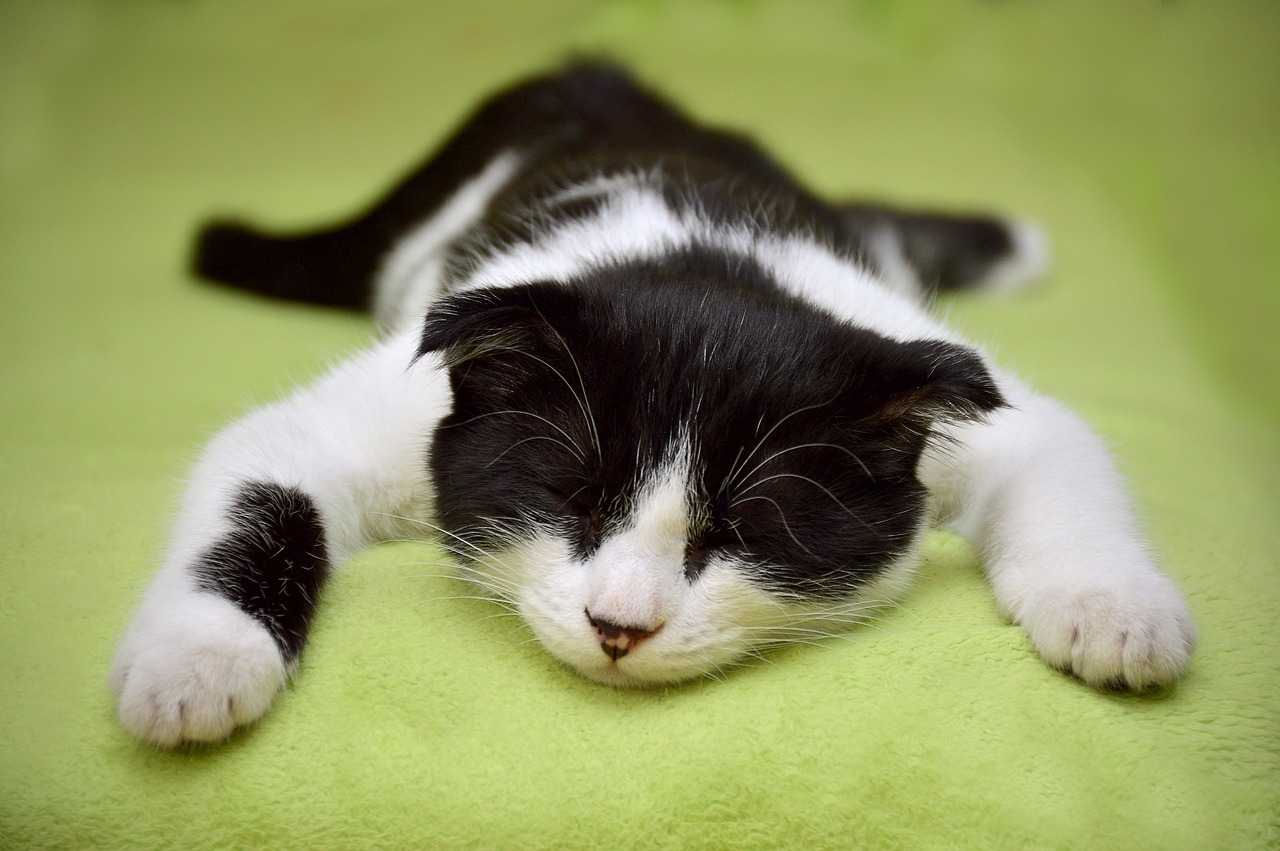There are millions of stray cats all around every corner of the earth. Different breeds can survive in various parts of the world. These stray cats carry different contagious and infectious diseases with them. Some of these diseases are deadly. So what is the best option to protect your pet partner from these diseases? Simply keep your pet child indoors. If your cat stays indoors chances are low for him to fight with other stray cats and be less likely to get their diseases or infections. Less outdoor activities also limit the exposure of your cat to many infection-spreading parasites, which include blood-sucking fleas and ticks. It also reduces the chances of ingesting any poisonous substance. You will read about the 5 most dangerous cat diseases.
Cats having outdoor activities and contracting with other stray cats are at the most risk of infections. But an indoor cat can also get infected and contract illness. Most of the illnesses in cats are preventable. But when a cat suffers any infection it’s become difficult to treat. Some diseases can be more dangerous and deadly for your cat.
5 Feline Leukemia:
Feline leukaemia is a viral disease which spreads through nasal discharge, urine and saliva. Cats can get infected through bites, sharing food, drinking from the same water bowl and using same litter trays. Adult cats, as a mother, can transmit the feline leukemia disease to their kittens. Kittens are the most susceptible to contracting this disease.
Some cats are immediately showing signs of illness after getting the feline leukemia virus. In other cats, symptoms will not be expressed for weeks or months and even, in some cases, for years. The feline leukaemia virus attacks the immune system of cats and ultimately leads to the failure of bone marrow.
Unfortunately, there is no cure for feline leukemia disease. But this disease is very preventable. Indoor cats with clean environments and updated vaccination status are very unlikely to get infected.
4 Feline Immunodeficiency Virus: (FIV)
Just like the feline leukaemia virus, FIV or feline immunodeficiency virus is also a fatal disease which mostly affects primarily the outdoor cat population. Stray male cats are more susceptible to this disease. Sharing foods and having the same water bowl increases the risk significantly. Feline immunodeficiency virus is unlikely to transmit in kittens from their mother cat.
Once FIV enters the bloodstream of cats, it becomes inactive and progressively causes a deadly active disease. The virus will destroy the immune system of cats and secondary infection is inevitable. Feline immunodeficiency virus is a terminal disease. Make it compulsory to train your cat to stay indoors to avoid any fighting. There is no effective vaccine for FIV so far. Prevention is the only option.
3 Kidney Disease: is also considered a dangerous cat disease
Renal failure or kidney disease in cats is one of the most common causes of cat death. This issue is mostly seen in older cats. Causes of kidney failure include age, genetics and environmental conditions such as ingesting of some toxic substances. There are two types of kidney failure: acute and chronic. If kidneys suddenly stop functioning, it causes acute kidney disease in cats or acute renal failure. Chronic kidney disease or chronic renal failure refers to the progressive degradation of the kidneys.
The following symptoms can be seen in kidney disease in cats.
- Excessive urination
- Increased thirst
- Vomiting And Nausea
- Dehydration
- Constipation
- Weight loss
- Bad breath
- Lethargic
If you observe any of the above symptoms in your cat, contact your veterinarian to test for kidney disease. A blood test can confirm the normal functioning of the kidneys. Unfortunately, most of the time these tests are carried out when 70% of the kidneys are already destroyed. Urinalysis to check the protein loss from the urine of your cat can help to identify kidney disease in cats at early stages.
When one of the kidneys of your cat starts malfunctioning there is nothing you can do as a pet parent. But diet adjustments, hydration therapy and medication can help your pet child to live longer. A well-managed environment will be helpful for your pet partner to survive.
ALSO READ THE 6 Most Common Reasons For Hair Loss In Cats.
2 Feline Distemper:
Feline pan leukopenia commonly known as feline distemper is a very contagious disease of cats. Mostly seen in the kittens born from unvaccinated mother cats. Kittens have almost a negligible chance of survival even after getting treatment of feline distempoer. Body fluids or secretions, contaminated food and water bowls are the reasons for to spread of feline distemper.
Feline distemper affects the gastrointestinal tract and the immune system of the cat. Symptoms of feline distemper disease include,
- Diarrhoea
- Vomiting
- Dehydration
- Anaemia
And the death may occur within the next few days. A veterinarian will do a blood test to confirm the feline distemper. Treatment is almost ineffective. Vaccination is the only successful source to help your child against feline distmper disease.
1 Feline Rabies: is considered the Most Dangerous cat disease
Rabies can be categorized as the most destructive disease because it not only affects cats but also makes humans susceptible to its infection. Yes, it is a zonotic disease caused by Lyssavirus which has been found in all countries except Antarctica. Cats are reported to contract the feline rabies virus more often than any other domesticated species. This is because of their natural hunting skills. The Rabies virus spread to felines through the bite of wild animals. Indoor cats can also contract the virus through bats or rodents, living inside your home. Feline rabies virus attacks the nervous system of the body.
Normally rabies virus takes 10 days to incubate in the host body. But Lyssavirus is a slow mover. It is also possible to take weeks or even years in rare cases to manifest its symptoms in the cat’s body. A cat suffering from feline rabies virus can show following symptoms
- Poor coordination
- Yowling
- Drooling
- Fever
- Strange behaviour
- Paralysis
Most animals suffering from rabies show sign which indicates central nervous system disturbance. One of the most reliable signs used for differentiation diagnosis of rabies is a very sudden and severe type of behavioural change. Behavioural changes can include sudden anorexia (loss of appetite), uneasiness and anxiety, irritableness and hyper-excitement.
There is no treatment for rabid animals. Death is certain if your pet child starts to Express symptoms of the feline rabies disease. Feline rabies vaccine is highly effective. Domestic pets with less outdoor activities have lower chances of getting the disease. And remember, make sure that your cat get feline rabies vaccine on time.
Frequent Asked Questions
Cats can be susceptible to various dangerous diseases, including feline leukaemia, feline immunodeficiency virus (FIV), rabies, and heartworm disease. These diseases can significantly impact a cat’s health and well-being.
To protect your cat from dangerous diseases, ensure they receive regular vaccinations, maintain a clean and stress-free environment, provide proper nutrition, and keep them indoors to prevent exposure to potential carriers of diseases. Regular veterinary check-ups are essential for early detection and management.
Symptoms can vary depending on the disease, but common signs include weight loss, lethargy, loss of appetite, respiratory issues, vomiting, diarrhoea, fever, and neurological issues. If your cat displays any of these symptoms, it’s crucial to seek veterinary care promptly.
While some cat diseases, like rabies, can pose a risk to humans, most dangerous feline diseases are not zonotic and typically do not infect humans. However, proper hygiene and precautions should be taken, especially when handling sick cats or potential disease carriers.



